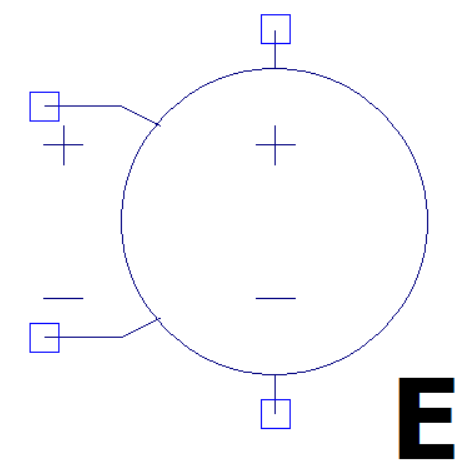
Voltage-Dependent Voltage Source (e)
In this post, we’ll take a look at a sometimes overlooked SPICE element: the voltage-dependent voltage source. This is a powerful component that can be used to quickly simulate the ideal behavior of circuits, specifically for modeling ideal operational amplifiers. This is especially useful for when you're not yet ready to dive into real SPICE models. Using LTspice, we’ll demonstrate how to use the voltage-dependent voltage source (represented by the symbol "E" in LTspice) to emulate an ideal op-amp. We’ll then gradually reduce the gain of the voltage-controlled voltage source to observe how the op-amp’s open-loop gain influences the output signal.

Cooking LTspice with Python
Did you know that you can use Python to automate and improve your workflow when simulating circuits in LTspice? It’s surprisingly straightforward, and it opens up a wide range of possibilities. LTspice is a powerful and free SPICE simulator that has been a staple in the electronics world for years, but it hasn’t seen many major updates or modern integrations. That’s where Python comes in.
By combining LTspice with Python, you can script your simulations, sweep parameters, analyze results, and even generate plots automatically. Whether you’re running repetitive simulations, batch processing netlists, or just want to organize your results more effectively, Python can save you time and reduce errors.
In this post, I’ll walk through how to set up a simple Python script that runs an LTspice simulation, extracts data from the raw output files, and displays results in a clean, customizable way. It’s a great way to bring new life to an old but dependable tool, and it can be a game-changer if you’re doing a lot of circuit simulation work.